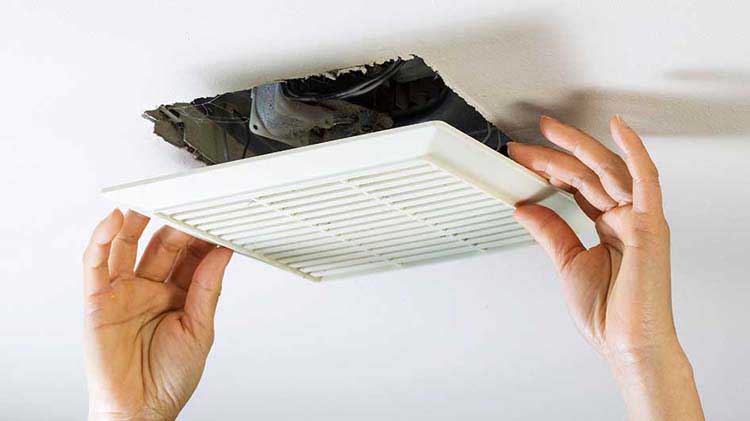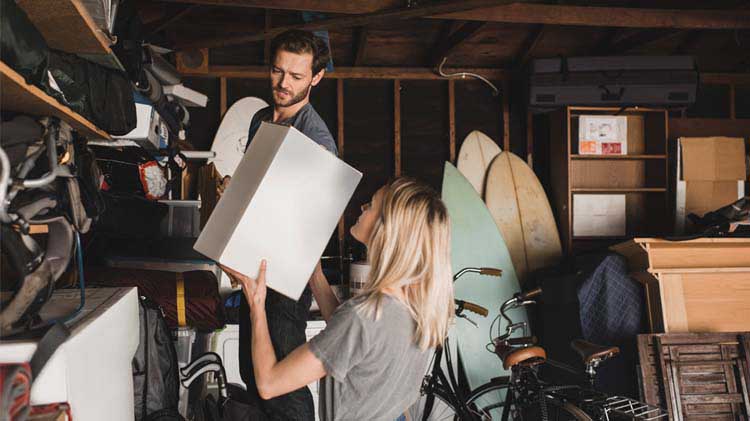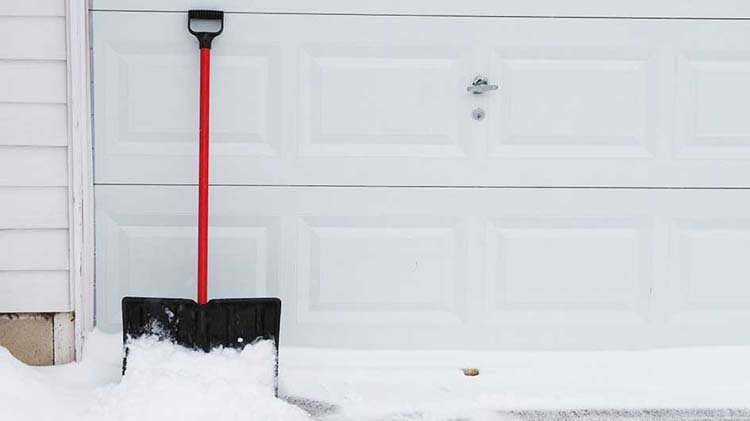Make your windows energy efficient
With these fixes, you can keep your home warmer in winter and cooler in summer.
Outdated windows can add to your energy bills, not to mention lower your comfort at home. However, you don't have to replace all old windows to improve energy efficiency. Try these DIY updates to make windows energy efficient:
- Install storm windows: Look for low-emissivity storm windows, which can save 12% to 33% of heating and cooling costs, according to the U.S. Department of Energy (DOE). Exterior storm windows will fit on most standard double-hung windows.
- Hang curtains: According to the DOE, medium-colored drapes with white-plastic backings can reduce heat gain by 33% when they're drawn over windows that receive direct sunlight. During winter, drapes can act as insulation, reducing heat loss by as much as 10%.
- Add caulk to windows: The DOE estimates that sealing air leaks around windows can cut energy costs by 10% to 20%. You'll need approximately half a cartridge of caulk per window or door.
- Use weather stripping: The DOE reports that weather stripping can help you save up to 10% on energy bills. Metal and vinyl weather stripping are the most effective, but foam is an inexpensive alternative. Clean the area thoroughly before applying for best results.
- Create exterior shade: Awnings and other exterior shading help keep your home cool in the summer by blocking sunlight. The DOE says awnings can reduce heat gain by 65% to 77%. Look for awnings that are opaque but light in color to reflect the most heat.
- Replace your windows: If your windows are very old or ineffective, replacing them may be best. But don't throw them away: Consider environmentally friendly disposal options, such as donating them to a Habitat for Humanity ReStore or bringing them to a building materials reuse center.
State Farm® is helping you and your family save energy, lower utility bills, and protect your home. Discover more on our energy management topic page.




